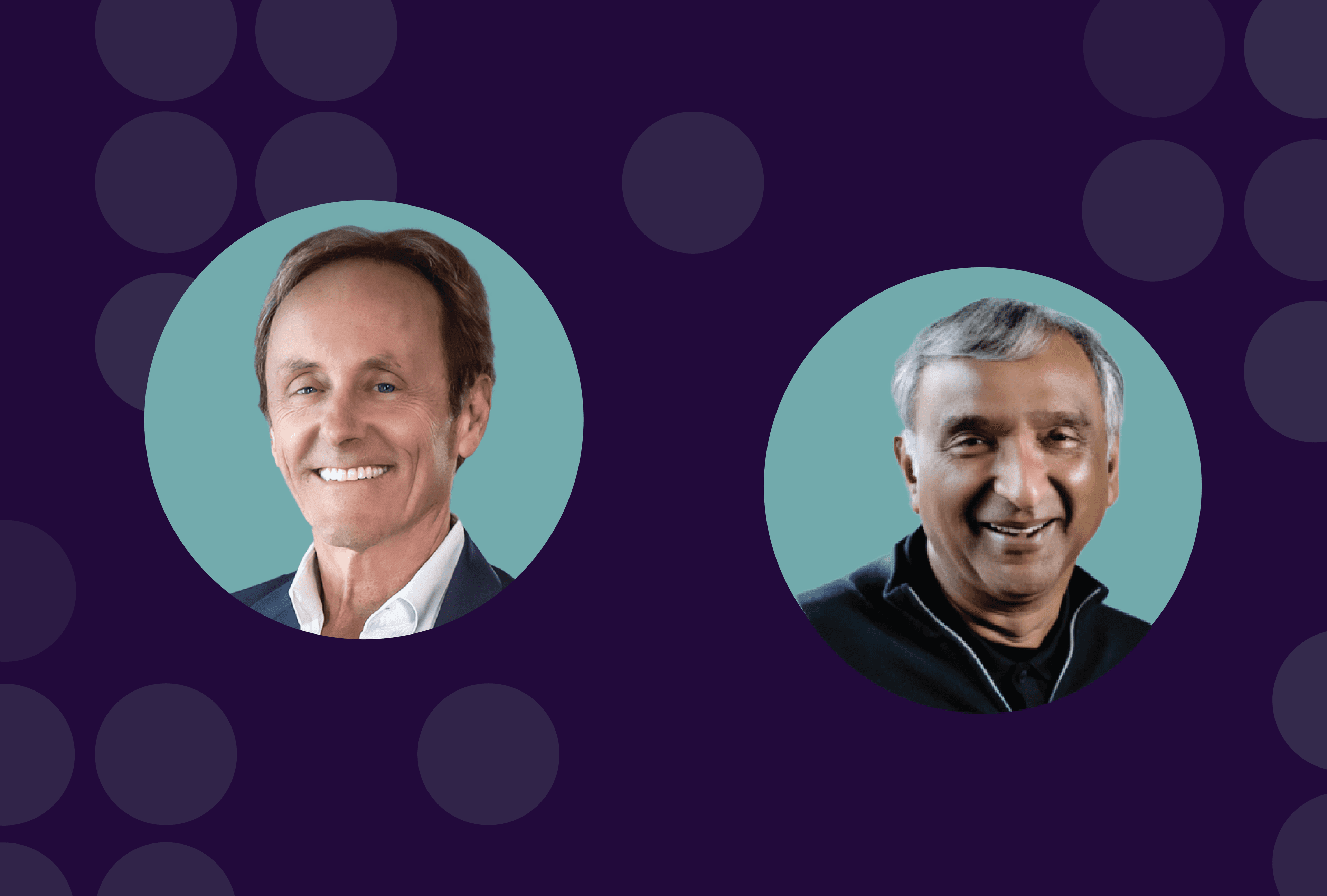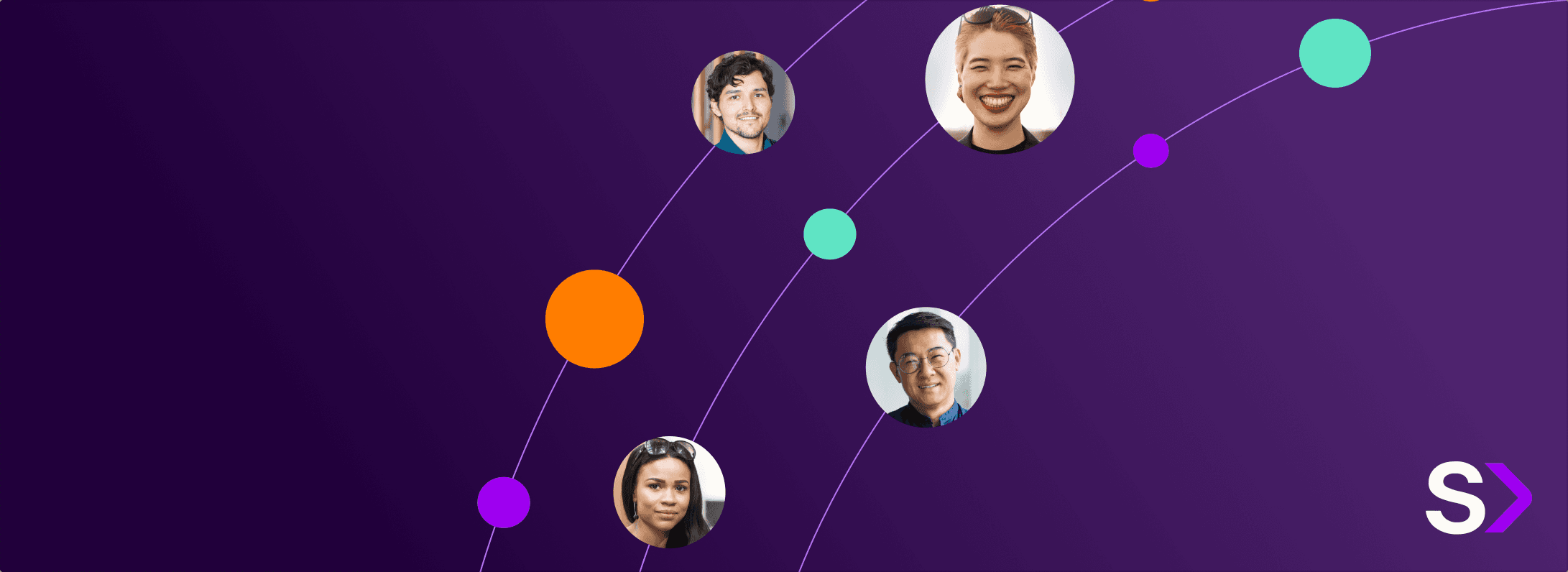
Back to blogs

Why Recruiters Should Become Talent Advisors in the Age of AI—with Josh Bersin
The talent acquisition function has experienced various changes over the last several decades. The chapter we’re in currently, however, is ringing louder than those before. We’ve entered an era where AI, economic demands, and the culture of today’s workforce have simultaneously reached such levels of disruption that organizations are being pressed to adapt or risk eventual failure. Organizations are redefining their entire talent strategies—and finding that recruiters play a key role in shaping those roadmaps.
Ahead, The Josh Bersin Company’s Global Analyst Josh Bersin and Senior Research Director Stella Ioannidou contextualize why organizations are facing so many challenges when it comes to adapting to today’s TA landscape. With such rapid changes brought by AI, the team explains why positioning recruiters as strategic talent advisors helps organizations prepare for existing and future needs. The Josh Bersin Company’s latest research highlights the skills talent advisors should own and why embracing AI is the only path to a successful transition from role-filler to strategic advisor to the business.
Redefining the Role of the Recruiter: From Sourcing Expert to Talent Advisor
Download the reportThe cultural and economic shifts impacting talent acquisition
To set the stage for the existing labor market, Josh lays out how the biggest trends over the last several decades have shaped how, where, and why we work.
1. Business models have shifted
Decades before technology became the norm, companies made money through R&D, product development, and scale. The business model rewarded selling high-volume products and services at a lower cost over time, and organizations were designed to be functional hierarchies. People stayed at the same company for years, possibly dedicating their entire careers to a single organization.
The advent of the internet kickstarted a change in the business model that we still experience today. Companies now differentiate themselves through speed of time-to-market, innovation, the adoption of digital technologies, and AI. Organizations have become more agile, flatter, and dynamic.
2. The labor shortage will continue
Unemployment used to be a cyclical process, but it’s been on a continuous downward slope over the last 50 years and will continue in that direction in the decades ahead. A contributing factor: there aren’t enough people being born now to replace the future workforce. Soon, there will be fewer workers per dollar of GDP and, of course, fewer people to fill roles.
3. People now change jobs often and take their skills with them
Most workers used to anchor their careers to a single company, but now, people frequently hop from one job to another. From Gen X to Gen Z, people are more exploratory in their careers than generations before. They’re even moving to completely different industries, taking their technical skills with them—and accelerating skills shortages.
4. People expect more from their jobs
A company’s value proposition is now a major influence over where people decide to work. People want career advancement, autonomy, and control over their workday, and want to work for organizations that positively impact society. If these criteria aren’t available in their current roles, employees are more likely to quit to find them elsewhere.
5. Company lifecycles are short
Human longevity overall is increasing over time, but the lifespan of companies is not. Startups work their way to getting acquired, they go out of business, and another startup takes its place. This up-and-down cycle takes a toll on the workforce as they seek new roles more often than they would have before.
These five trends directly shape who organizations can hire, how many people they can hire and when, and how they attract and retain talent.
Talent acquisition is now shaped by internal mobility and skills
The shorter lifespan of companies has also influenced how they operate. In their research, the Bersin team found that the most successful companies today are dismissing the outdated structure of job hierarchies, and instead recruiting for the individual, whether the talent is internal or external.

“We can't assume that the job hierarchy, the job titling, and the job leveling define the company anymore,” says Josh. “This model can’t keep up with how companies today need to transform and redefine themselves so quickly. It only creates friction.”
Companies have now adopted a dynamic approach to their talent. These dynamic companies recruit people based on the skills and experience they have, not on the role they can fill. Dynamic companies move employees around and redeploy resources when new opportunities arise, and they innovate outside the R&D department. They're constantly developing skills for their employees and building tight connections around the company, culture, and business strategies so that the organization is primed and ready for internal mobility when needed.
An abundance of data: AI brings talent intelligence to HR
“We’re living in the first years of the most disruptive transformation we’re going to see in our careers,” says Josh. “Unlike digital technology from decades prior, AI is self-learning, self-improving, and data-driven—and there's a lot of low-hanging fruit for HR.”
AI is now connecting all segments of HR, from recruiting to retention performance, and as a result, we're now collecting more data. Bersin’s teams refer to this data as talent intelligence, where teams can now reach across business functions to understand their strategies holistically.

“Talent intelligence is a new domain of HR,” says Josh. “We can use large amounts of data about people to infer and understand skills, compare people based on qualifications and experiences, and discover a person’s strengths we may have otherwise overlooked.”
An interconnected HR function requires sophisticated recruiters
HR was originally defined as a compliance and administration function. It wasn’t designed to be as highly interconnected as it is today, so it’s not surprising that organizations are challenged when trying to adapt to external changes.
Josh notes that a Systemic HR model is the path forward. In this model, organizations make decisions about people holistically and ask questions like:
How do we reskill people?
How do we retain people?
How do we redesign the jobs?
These types of questions should be asked by the recruiter. It used to be believed that to grow a company, companies had to hire more people. Recruiters were tasked with getting people through the door as fast as possible. But Josh argues that the TA landscape today can’t work like that anymore.

“We have to stop thinking about recruiting as a fulfillment center for human beings,” says Josh. “Instead, let’s view recruiting as a growth department where we grow revenue, grow capacity, and grow skills—anything that positively impacts the business.”
Josh says it starts by finding the right people to drive that growth capacity, given future labor market trends. Soon, companies will not have as many people to choose from, and they'll have to find ways to go to market with smaller teams.
Your recruiters can help you address these challenges; they just need to be upskilled into talent advisors to provide the full support you need.
Talent advisors: Why they’re needed for success
According to Senior Research Director Stella Ioannidou, recruiters are now expected to do much more than simply fill pipelines. The dynamic organizations we mentioned earlier empower their recruiters to guide talent strategy and remain proactive in anticipating the business's future needs.

“Talent advisors will be the voice who asks about how the skills they’re bringing on board will fit into the company’s three- or five-year plan,” says Stella.
Organizations need talent advisors to hold deep knowledge of the talent playing field, including:
Labor market dynamics, existing and future trends
What competitors they’re coming up against
Which talent pools to tap into, especially those outside the organization’s industry
Ultimately, the talent advisor should be knowledgeable enough to have informed conversations with hiring managers about the role and how that fits into the company’s greater talent strategy.
What skills will your recruiters need?
Recruiters will need full support from their organizations to become talent advisors. Stella notes three core elements to focus on.
Adopt the mindset of a strategic advisor. Recruiters need to understand business objectives and the role that talent plays in achieving them. They should be able to identify future talent needs and how to align conversations with hiring managers to the overall talent strategy.
Leverage advanced AI and data. Talent advisors should feel comfortable using AI tools and interpreting talent intelligence to make informed, data-driven decisions that hiring managers and leadership can trust.
Understand the interconnectivity of the organization. Talent advisors should have full awareness of the company’s alignment over existing talent, the business strategy, and the workforce planning strategy. They should be able to flag if a new role is needed at all, for example.
Stella’s research shows that successful organizations view their talent advisors as the go-to people who have the data, acumen, and ability to intelligently connect people to talent strategy.
Talent advisors in practice: Peraton and SeekOut
Peraton is a national security and technology company that has empowered its recruiters with SeekOut's AI-powered platform to unify both talent management and talent acquisition pools.
With SeekOut, Peraton recruiters now ask smarter questions about their talent strategy, such as:
Do we have to hire externally for this role?
Can we train an existing employee to learn the skills we need?
Can we borrow talent through gigs and projects?
The defense industry can be tricky because it demands a highly specialized workforce, and one that is nimble and capable of adapting to rapidly changing technological and geopolitical landscapes. Peraton adopted a single solution to provide recruiters with a holistic view of internal and external talent. They can now attract top workers for specialized roles and effectively manage and develop their existing workforce of about 18,000 people.
What’s next: Learn more about upskilling your recruiters
To learn more about the role that data and AI play in turning recruiters into talent advisors, watch Three Ways SeekOut Makes You a Better Recruiter.
See us in action
Learn how SeekOut unifies people data to help organizations reach their talent goals
Request a demo



